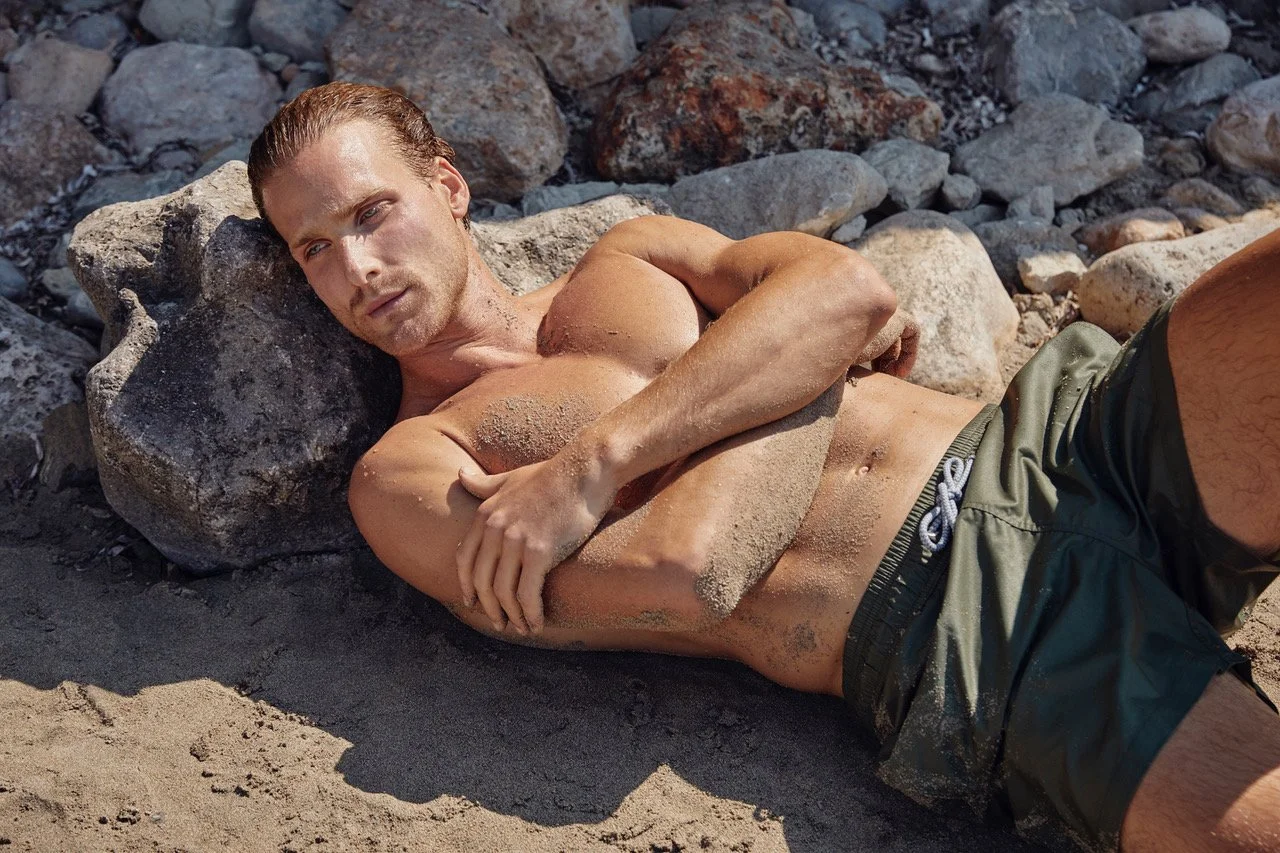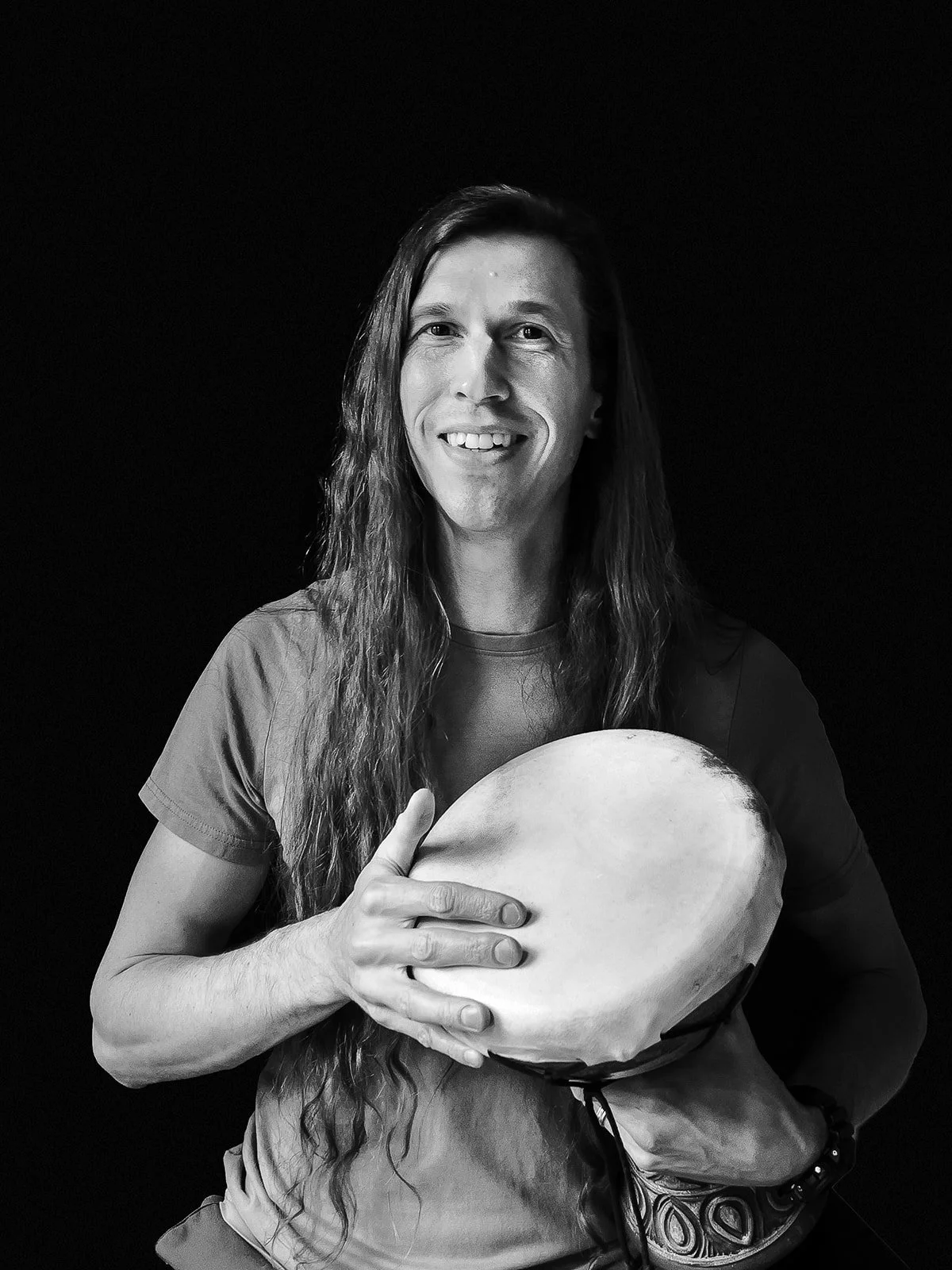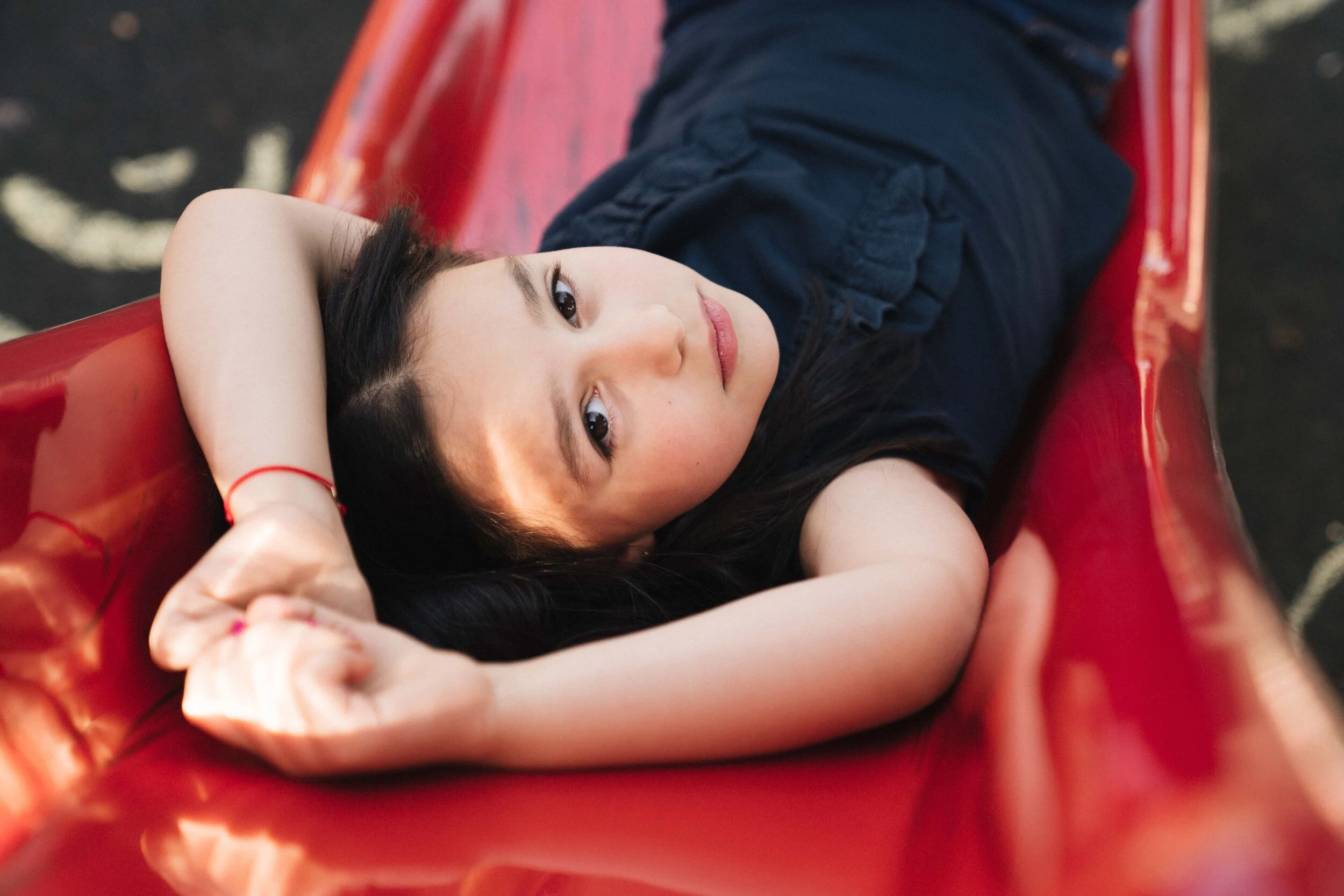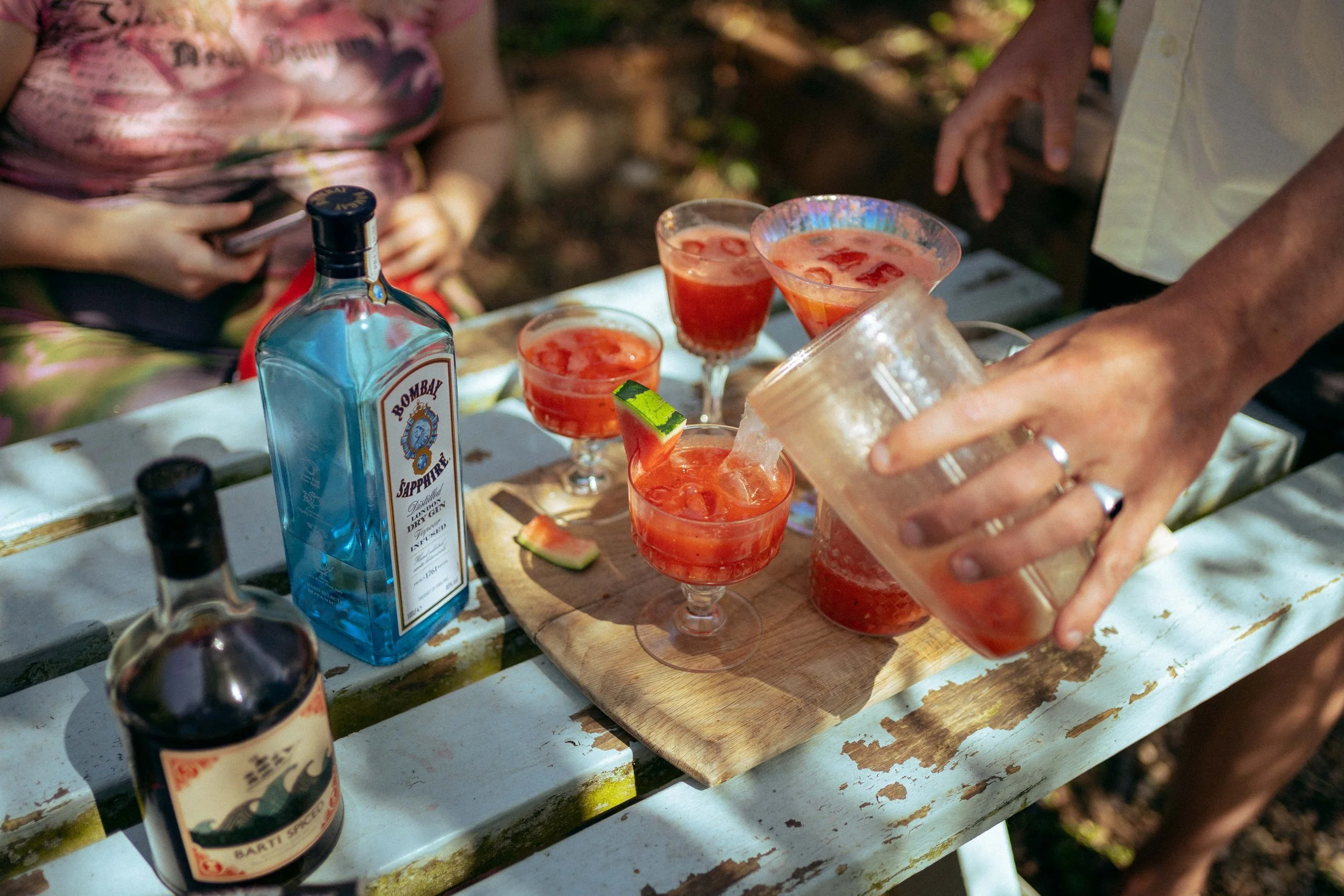How to Commission a Photographer / Part 7: Photoshoot Legal Obligations and Codes of Practice
Part 7: Photoshoot Legal Obligations and Codes of Practice: Essential information on shooting people, places and things.
Commissioning a photoshoot is usually a very creative and fulfilling process, but there are a fair few legal obligations and industry codes of practice that it’s important to be aware of. The ‘hazard’ areas are mostly connected to shooting people, places and things - so this week let’s take a look at each of these three areas.
As experienced and professional shoot producers it’s our job to stay on top of all the industry guidelines and be mindful of any legal considerations. If you would like us to take responsibility for these on your shoot, we would be more than happy to do so, as long as it has been made clear in writing, before the shoot (see Part 6).
However, sometimes these things are out of our control, occasionally a client might want to arrange all the shoot elements themselves, including models, styling and locations for example. For those that don’t produce shoots regularly, it’s fair enough that they might not realise you have to get a performance licence for any kids on your shoot, or that you need to notify the local police and get a permit to shoot in a street location, to give just two examples.
© Julian Love / LPA Production / Reckitt
Whatever the situation, here’s the lowdown on some of the main legal obligations and codes of practice that affect the world of commercial photography.
Shooting People:
Model Releases:
Generally, the act of taking pictures of people is not illegal, but, if the images are to be reproduced, especially for commercial purposes, that’s when you need to be aware of additional legal issues. This applies to anyone from a person you have snapped in the street, to a professional model, to a friend or relative.
The Human Rights Act protects people in photography, for example if they are portrayed in a false light or in a demeaning light that is untrue. As well as this, the fees models charge are based on a specific restricted usage, just like photographers. If a client wants a full buyout, the model fees reflect this. Likewise should the images be used beyond the agreed licence, the models will seek compensation for this. Aside from it being fair that the amount of commercial exposure a model gets should be directly related to their fee, some clients want to know that a models image isn’t being used by a competitor at any given time, so it’s important to retain control.
When our photographers shoot professional models, we confirm the exact usage in writing with their agency before the shoot, and keep these details on file. This is often in the form of a booking form that the model agency will provide and should include the product or service they will be promoting, hours and fees agreed and most importantly final exact usage of images.
An oversight in this area could prove costly.
© Katrina Lawson Johnston / Love Brand
When we are organising non-professional models, we make sure they sign a ‘model release’. This can be used as a legally binding contract and again includes all the important details. (we have a template that we would be happy to send to you on request). Say for example you have organised a shoot of employees in an office for recruitment advertising, but shortly after one of them left and didn’t want their image being used anymore. If they had signed a model release at the time it would save a whole load of hassle.
© Tim Dunk / Roar Studios
From personal experience (obviously never as a result of anything we have done wrong!) I would say, oversights on booking forms and model releases is the number one shoot hazard!
Privacy:
This is an issue that rarely affects commercial photography but is essential in the world of editorial photography. If this is your area, be cautious if images featuring people are connected to a matter that is either highly offensive or not of concern to the public. Photographs revealing sexual affairs, private debts, criminal records, certain diseases, psychological problems, for example are likely to violate privacy rights if the image is published. Also, when a person has taken steps to protect their privacy it’s unacceptable to go ahead still and photograph them, for example if they were in their own home. The general rule is that you shouldn’t photograph someone where they have a ‘reasonable expectation of privacy’.
Harassment:
Another criminal offence that might pertain to taking pictures of people is harassment. But this really is only relevant to other genres of photography such as paparazzi so I won’t go into any detail here.
Working with Children:
Aside from adhering to the rules above when photographing children (including getting a model release form signed by the parent) there are a few other things that you need to be aware of. According to U.K law, a child is of school age until the last Friday in June of the academic year in which they turn sixteen.
© Imogen Forte / Primark
Children’s performance licences: To protect children’s welfare, a performance licence is required in the U.K (and many other countries) when a child is required to work on a shoot as a model. This system ensures that modelling is not affecting a child’s education, and that they are fit and healthy enough to work. Whoever is taking responsibility for the child models needs to apply for this licence from the children’s employment officer at the borough council where the child lives. It isn’t expensive, is usually a straightforward procedure and the councils rarely reject the application. The amount of time it takes varies from council to council, some can turn it around in 48 hours, while others take up to 21 working days. A few children have an ‘open licence’ but this will severely restrict your choice so isn’t always the solution. Not getting a licence can result in a hefty fine. Some people think that licences aren’t required if the shoot is out of school time. The only loophole is if the children aren’t being paid, as well as the child not missing school. This is according to two councils that we contacted recently, but please be aware that the council’s policies vary so you’ll need to double-check on a case-by-case situation). And anyway, it’s rare that you get a shoot when the child isn’t being paid. Also, if you did go down this route you do still need to notify the council.
Regulations can be seen on Children (Performance and Activities) (England) Regulations 2014. They can be downloaded on most councils’ websites, and are updated and changed from time to time
Hours of work: Depending on the age of the child, hours of work need to be restricted and kept between certain hours of the day. The children’s employment officer at the council can provide you with these details. As with anything in this post, the rules may vary from country to country.
First Aid: Most councils insist that a qualified first aider is present on shoots involving children, these can be hired by the day.
Other codes of practice with regards to shooting people:
There are certain other codes of practice and industry guidelines that are worth noting when photography people for commercial purposes.
The Committee of Advertising Practice (CAP) produces a set of codes including one called The UK Code of Non-broadcast Advertising, Sales Promotion and Direct Marketing (the CAP Code) (www.cap.org.uk). This is ‘designed to protect consumers and create a level playing field for advertisers.’ It includes important information on photographing people for commercial purposes that relates to alcohol, gambling, tobacco, weight loss and children amongst other things. For example, people need to be and look over 25 to feature in adverts for alcohol in the U.K.
© Jack Abbott / Garden Drinks
Shooting on Location:
Shooting in a Public Place:
If you want to shoot in a public place, a street for example, and the shoot might cause an obstruction to the public, a permit needs to be obtained from the local council. Most commercial shoots do cause an obstruction it has to be said, say there’s a tripod or crew for example. A location permit is different to a location or property release, the former allows you to shoot in a place, the latter allows you to use the images, so be aware if there are any recognisable properties that require a property release. When we apply for location permits, we have to present a copy of our photographer’s (or our own) public liability insurance (see next week Part 8: Insurance). Fees may apply and depend on size of crew, amount of time, and particular borough or council.
© Patrick Harrison / Hackney Council
Some areas that appear to be public places or council-owned might actually be privately owned. For example certain parks like Regents Park and Hyde Park in London belong to Royal Parks - (www.royalparks.org.uk) Some beaches, Studland Beach in Dorset for example, belong to the National Trust, so they need to be contacted directly. They usually charge an hourly fee for ‘filming’ and have a specific department that deals with this.
The same rules apply to public transport and prior permission should be sought from the operators. Equally, prior permission should be sought from the airport authorities if you wish to shoot at an airport.
There are certain specific areas that you might come up against problems with regards to shooting. You need to get permission from the Mayor if you want to shoot in Trafalgar Square and Parliament Square for example. I’ve had issues in the past with trying to organise a shoot in a London market (something to do with the stall holders getting annoyed with too many shoots going on!), but the rules change all the time so it’s always best to check.
And there are some locations that are complete no-go areas. It is a criminal offence to photograph anyone in a court of law for example. This includes photographs taken in a court building or the precincts of the court. Also sensitive government buildings, like military bases and nuclear facilities, can prohibit photography if it is deemed a threat to national security.
Shooting on Private Property:
If you are using a private location for a shoot it is advisable to get a location permit so you have written permission to shoot there and also a signed property release so you have written permission to use the images. If we hire a location from a location library, the library will take care of this but it’s still our responsibility to check the paperwork. The location permit, should detail things like the date of the shoot, the hours you will there, the fee agreed, overtime costs per hour and the usage.
© Nick David / Hive
Shooting Overseas:
The laws affecting photography vary in different countries but there are also some other practical things to bear in mind.
ATA Carnet:
Certain countries require an ATA carnet. This saves the hassle of having to complete time-consuming customs documents at the airport, or having to pay duty or tax on equipment. They can be processed within 48 hours and cost a few hundred pounds, they must be returned otherwise the photographer will be fined. Dynamic International have a handy list of FAQ’s regarding carnets on their website http://www.dynamic-intl.com
Visa:
Some countries stipulate that you need a Visa if you are working overseas. I’ve heard a few stories of photographers who thought they’d get away without one but after some uncomfortable questioning were instructed to turn around and go straight home; one was caught red-handed with the shoot brief (including shoot dates and client name!) in his rucksack!
Shooting Things:
Copyright:
Just as the copyright in a photograph should be retained by the photographer and permission needs to be given if it is reproduced, permission might need to be sought from the copyright owner when photographing an object that might be copyright protected, particularly for the commercial market. Failure to do so might result in copyright infringement.
Some objects that are protected by copyright:
• Literary works: books, newspapers, magazines • Artistic works: paintings, sculpture, illustrations, and of course photography • Maps, charts, diagrams • Advertisements/branding/ logos • Money
The Bank of England owns the copyright in English notes, and reproduction in an image may also classed as forgery.
• Stamps • Films, plays, dramatic works • Jewellery, wallpaper, carpets, toys • Buildings and Architecture
Section 52 of the Copyright, Designs and Patents Act 1988 (“CDPA”) contains an exception which limits copyright protection for artistic works which have been industrially manufactured. This applies, for example, to photographs of much designer furniture, jewellery and other items and limits copyright protection to 25 years from when the item was first marketed, instead of the normal 70 years after the lifetime of the artist. Section 52 has now been repealed, but this will not take effect until 6 April 2020.
Exceptions:
Section 62 of the CDPA contains an important exception for photographers which means that you don’t infringe copyright by photographing (or filming) copyright buildings and also sculptures which are permanently situated in a public place or in premises open to the public. This exception doesn’t apply everywhere else in the world – you have to be careful, for example, when photographing modern buildings in France.
Trademarks:
Registered trademarks are protected by the Trade Marks Act 1994.
The function of a trademark is to indicate the origin of goods or services e.g the Nike tick.
Very different from copyright law, trademark law doesn’t prevent the reproduction of a trademark in an image as such. The issue is more a case of the goodwill that might be appropriated and the confusion that might be caused. I remember being asked to produce a shoot featuring Batman once for a brand and to indemnify the client against any third-party claims. I was heavily advised by a lawyer not to do so, as the trademark for Batman is owned by the Walt Disney Company/Marvel Entertainment and associating Batman with another brand could be seen as ‘passing off’. ‘Passing Off’ is falsely claiming that a brand is associated with another brand.
Well, I think that’s all the main legal bits and codes of practice covered, as you can see it can be a bit of a minefield and definitely false economy and unadvisable to cut corners. If you are in doubt about something it is highly advisable to contact a professional lawyer- I can highly advise Charles Swan at Swan Turton www.swanturton.com.
© Chris Bethell / Dr Martens
Watch this space next Thursday for Part 8: Insurance, when I give the lowdown on the main insurances recommended for photoshoots.
If you don’t want to miss any crucial information, sign up now. Send your email address to hello@lisapritchard.com with the subject line “How to Commission a Photographer” and we’ll send you the guide directly each week. We’ll also be happy to answer any further questions you have on commissioning a photoshoot in the meantime.
The information in this chapter is geared towards the U.K as laws worldwide differ from country to country and sometimes within a country from state to state.
Aside from the laws varying, there is also the issue of what is culturally and socially acceptable in the country you are shooting in and the country in which your images will appear.
This article is not intended as legal advice, the information is simply to give helpful guidance and is the opinion of the author only. Please use your discretion before taking any decisions based on the information in this article. You are strongly advised to seek the advice of a professional lawyer on all matters of legal obligations in photoshoots.
Although the author has made every effort to ensure that the information in this blog post is correct, the contents are provided without warranty as to their accuracy, may be of a general nature and the opinion of the author only. The author will not be held responsible for any loss, damage or disruption caused by errors or omissions, whether such errors or omissions result from negligence, accident, or any other cause.
The images used in this article are for illustrative purposes only and do not necessarily correlate with facts stated in the text.







